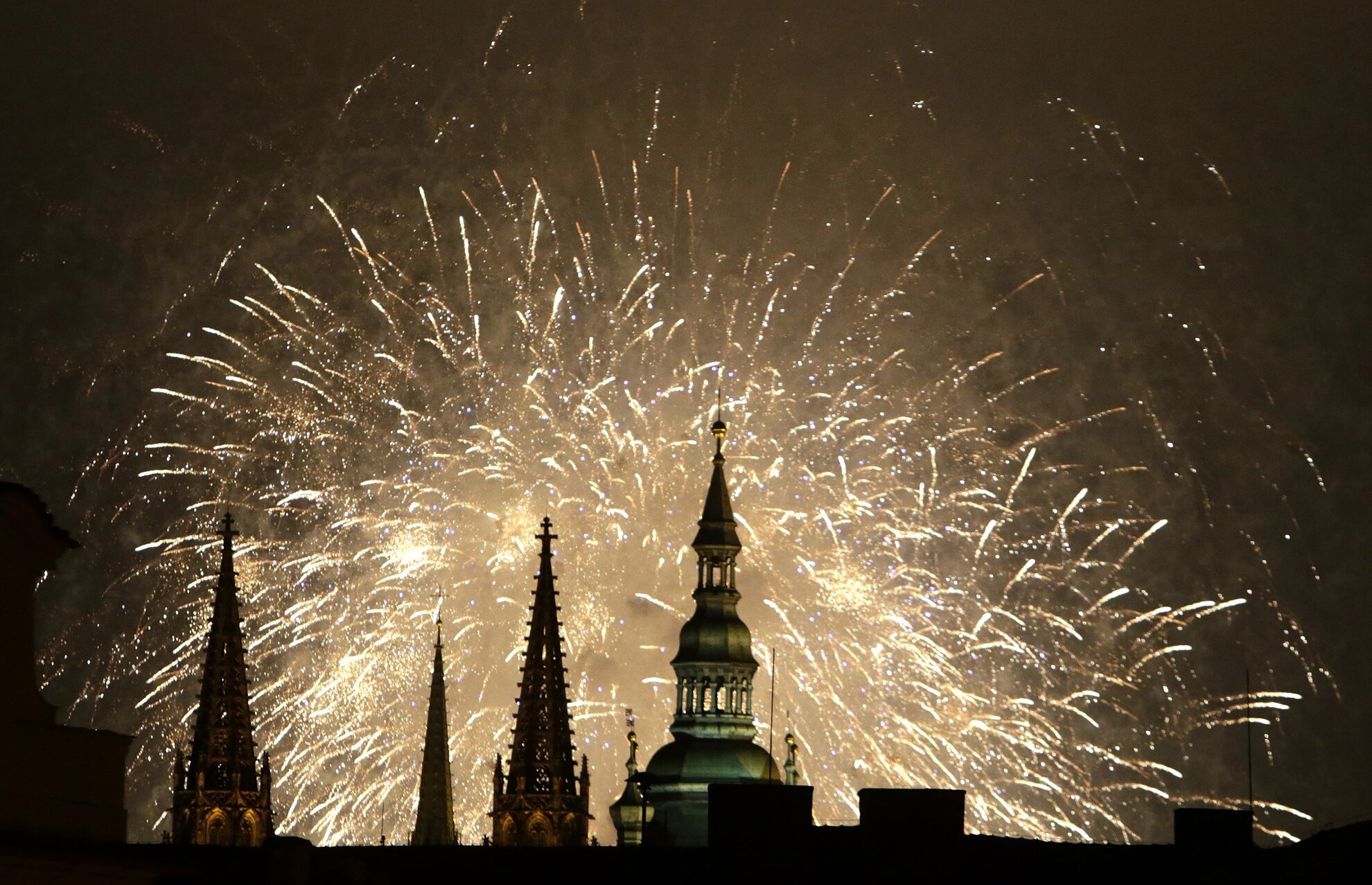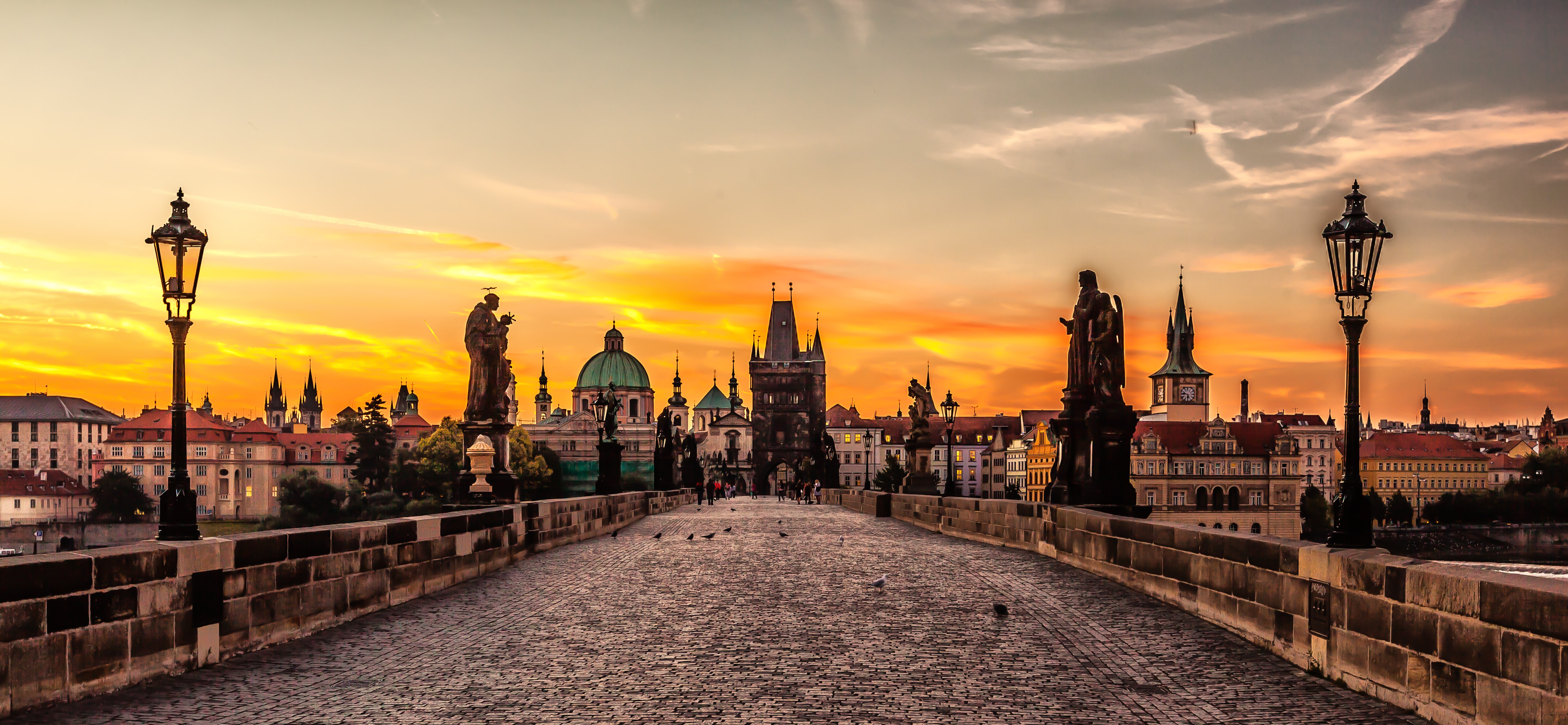About the Czech RepublicThe Czech Republic is located in the North-Western part of Central Europe, bordering Austria to the South and Slovakia to the East. The landscape is quite varied: Bohemia, to the West consists of a basin drained by the Elbe and the Vlata while the Eastern part of the country is rather flat but quite hilly.
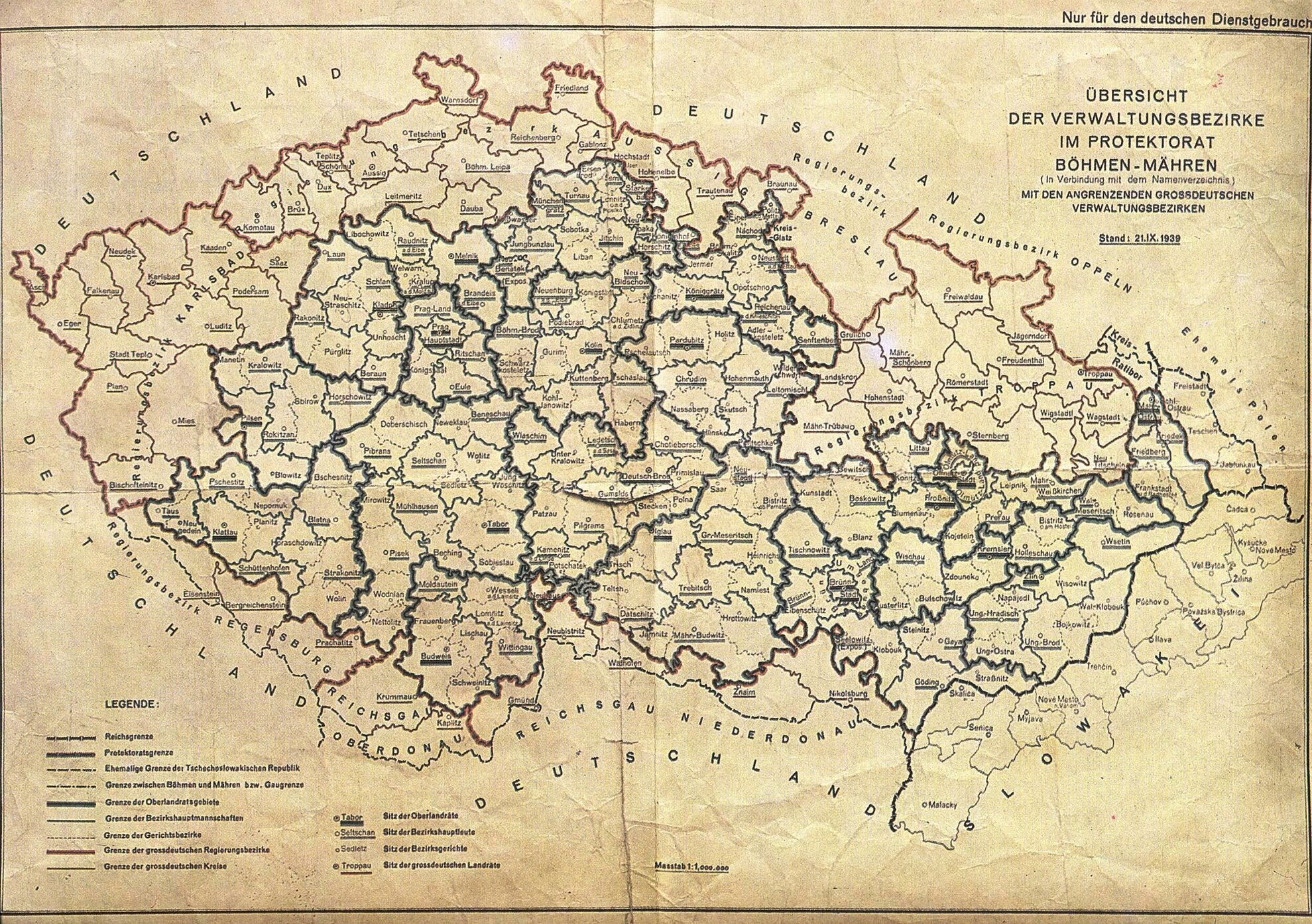
The country is roughly the same size as Hungary and Austria and the population doesn’t differ much either: all three countries have a population around 10 million. The most important cities of the Czech Republic are Prague , Brno, Ostrava, Plzen, Olomouc, Liberec, Hradec Kralove and Karlovy Vary – all of them serves as a major tourism destinations, but hereby we will focus on the capital, Prague (Praha in Czech, Prága in Hungarian) that attracts millions of tourists every year.About PraguePrague is situated on the river Vltava and serves as the political, cultural and economic centre of the Czech state for more than 1100 years. Nicknamed the ‘Golden City’, and the ‘City of Hundred Spires’ The population of Prague hardly exceeds a million but the metropolitan area is home to more than 2 million people. The city has a wonderful historic centre that has been included in the UNESCO World Heritage since 1992.
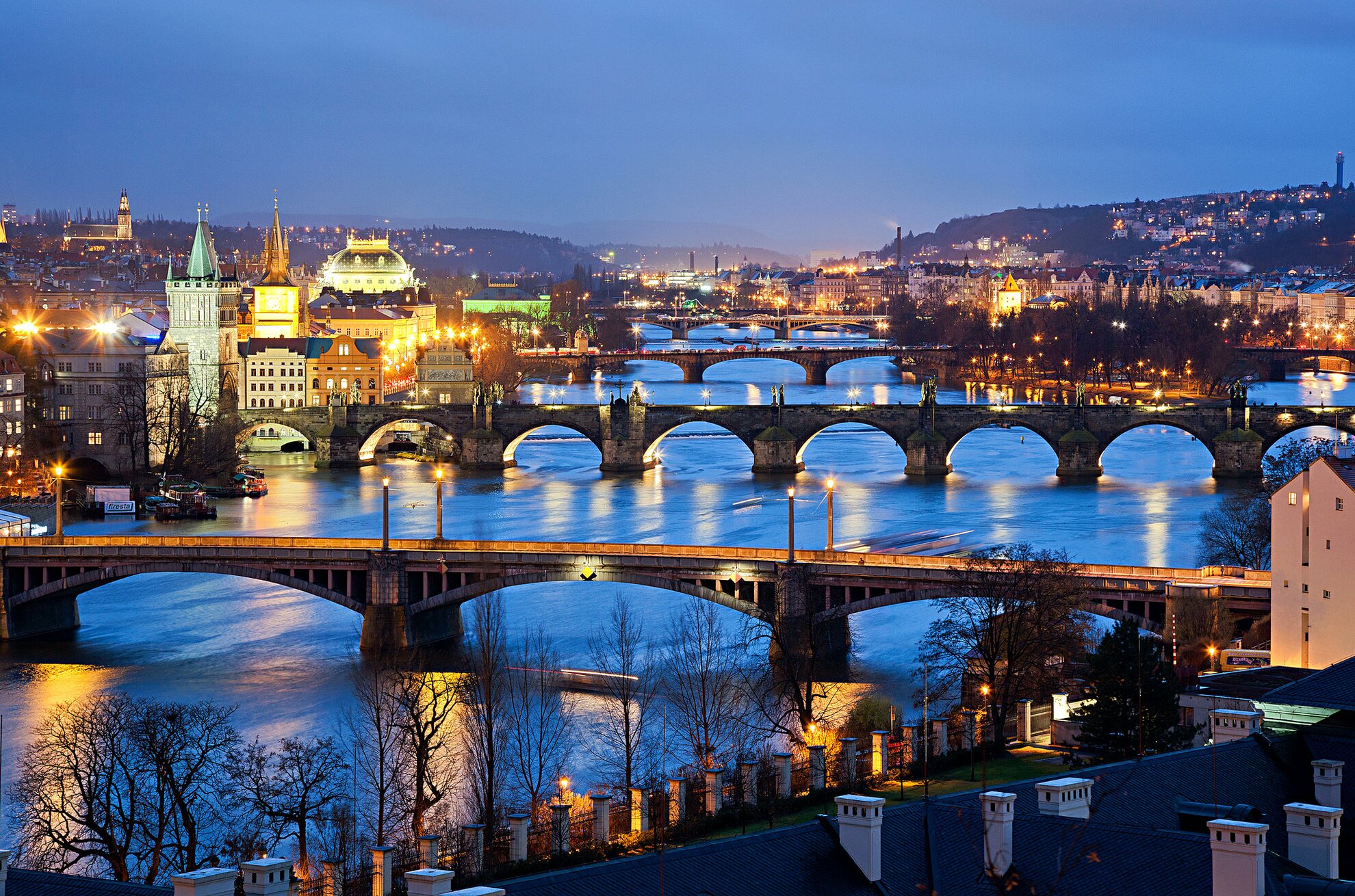
The history of Prague spans more than a thousand years, as early as the arrival of West Slavic people who built the castle of Vysehrad (quite similar to the Hungarian town of Visegrád) in the 9th century. The castle grew to the wonderful city of Prague that served as the capital of the medieval Bohemian Kingdom. Bohemia fell under German rule in the 14th century but the city gained much of the foreign rules – Prague became one of the major cities of the Holy Roman and later the Austrian Empire. The centuries of German occupations transformed Prague into a German-speaking, German-like city but this has changed radically since the independent Czech Republic was proclaimed – it serves as a proud capital of the new country.What to seeNo surprise that such an old and historical city is full of must-see castles, palaces, churches and other buildings – not to mention the fascinating beer culture of the country.
Since the fall of the Iron Curtain, Prague has become one of the continent’s most popular tourist destinations, making it the sixth most-visited European city. The city contains one of the world’s most pristine and varied collection of different architectural styles (Baroque, Renaissance, Cubist, Gothic, etc.) with most buildings still in their true, historic form.
The most important sights to check out are the Old Town, the Astronomical Clock, the picturesque Charles Bridge, the Old New Synagogue, the Wenceslas Square, Vysehrad castle and the Prague Castle with St. Vitus Cathedral. There are lots of interesting sights that were just recently added to the city, for example the Lennon Wall, the Andel district or the Mucha Museum.
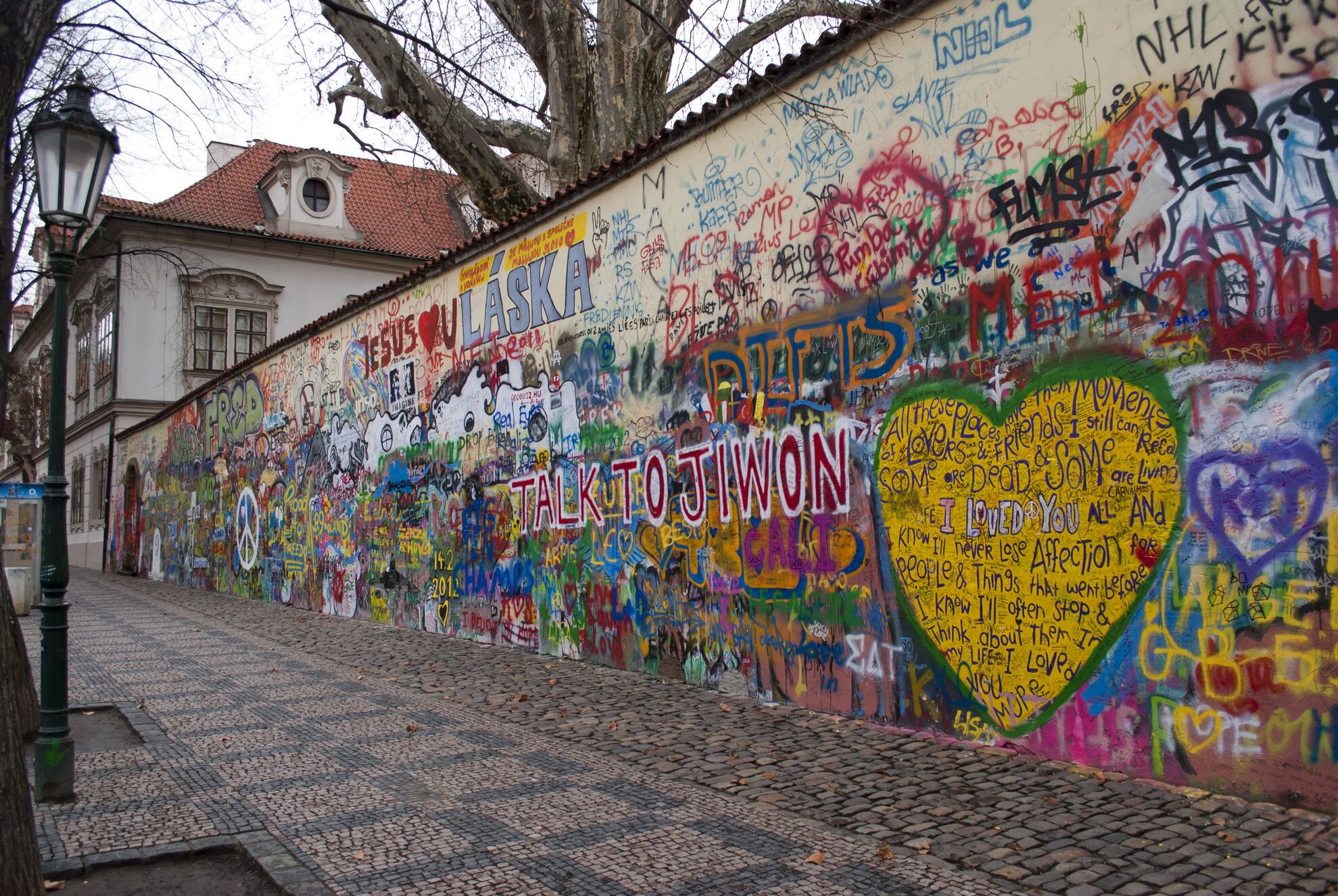
If you liked the underground, alternative vibe of Budapest, you shouldn’t miss Prague either. It has become for the last few years the other Central-European hub for students and groups of young people. However, prices are a bit higher than in Budapest, but the city still has that Eastern-Bloc charm that makes Budapest or Berlin so unique.Getting thereTo be honest, Prague is quite far away from Budapest – luckily enough, the distance of more than 600 kilometres can be easily absolved by several ways of transportation.
The easiest and quickest way is to get a car and roam through the fully constructed motorway directly to Prague. Public transportation also offers some pretty comfortable but considerably slower trips. You should look for the OrangeWays low-cost bus lines or the special prices of the Hungarian Railways– trains leave four times a day from Budapest Keleti Pályaudvar with the trip lasting 7 hours. If you prefer flying, the MALÉV Hungarian Airlines and the CSA Czech Airlinesalso offer numerous flights every day/daily between the cities.
